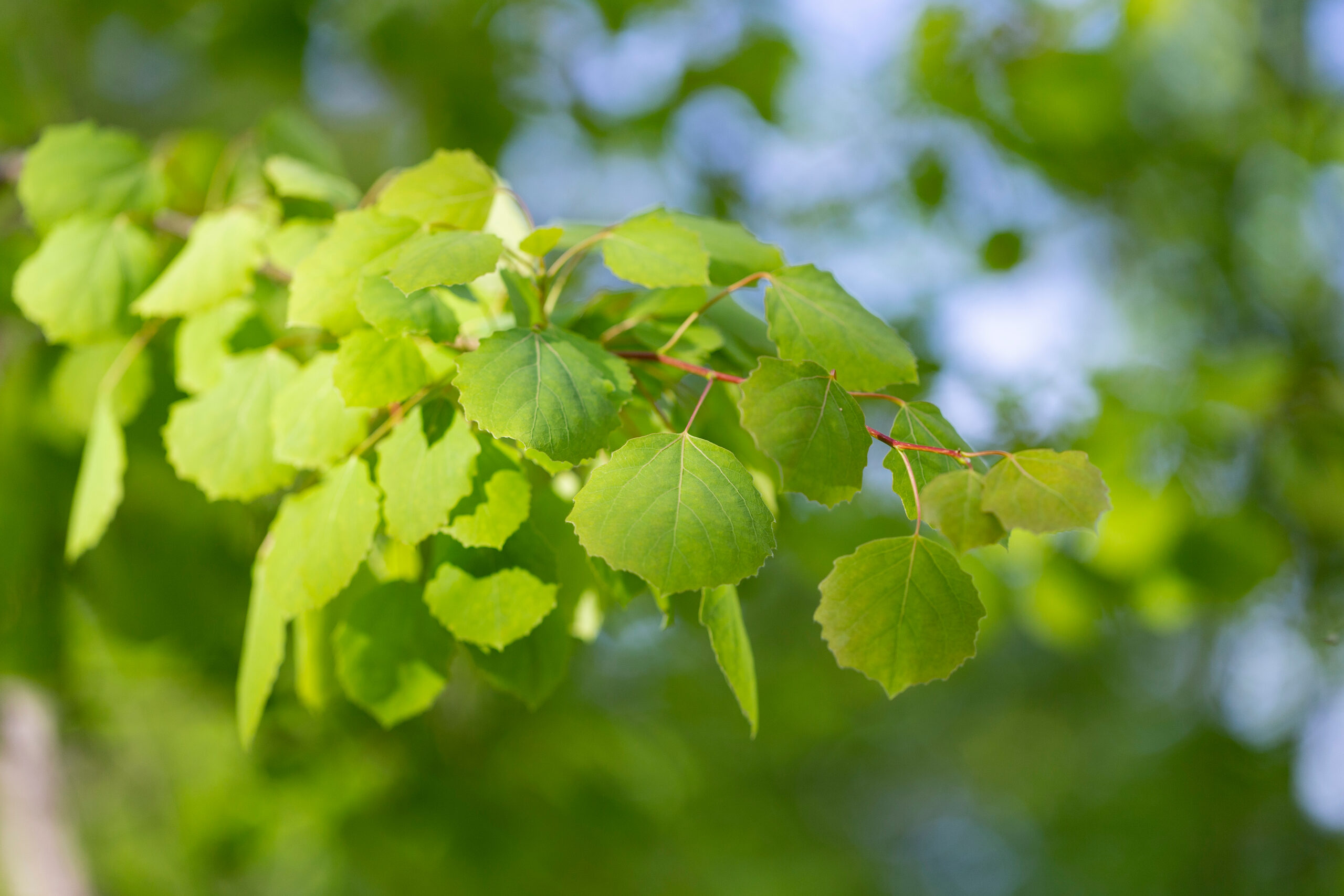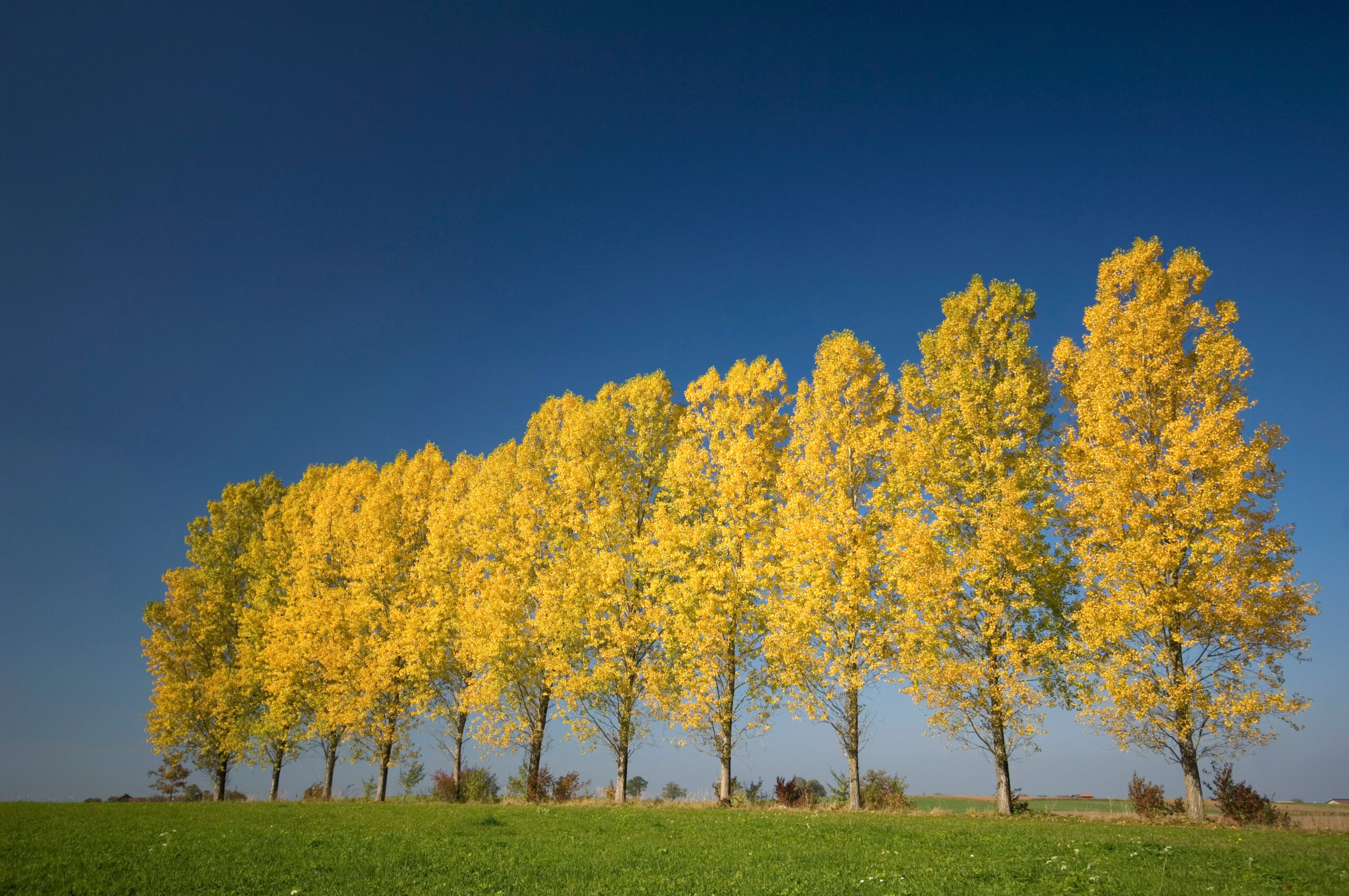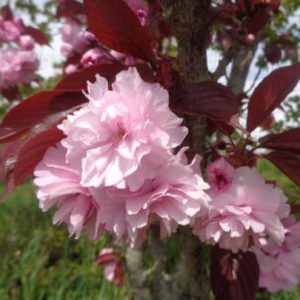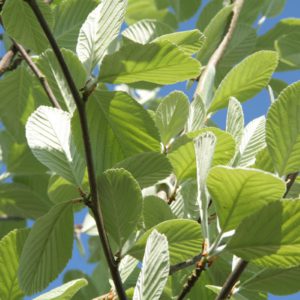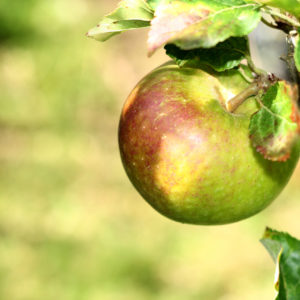Populus tremula
Price range: €260.00 through €900.00
Frequently Bought Together


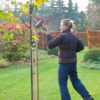
Description
Quick Facts
- Common Name: Aspen, Common Aspen, European Aspen, Trembling Aspen
- Botanical Name: Populus tremula
- Plant Type: Deciduous tree
- Mature Height: 15-20m
- Mature Spread: 8-10m
- Flowering Period: February to March
- Flower Colour: Grey-purple catkins (male), green catkins (female)
- Foliage: Rounded leaves with flattened stalks, bronze emerging, turning golden-yellow in autumn
- Hardiness: RHS H7 (very hardy)
- Soil Requirements: Moist, well-drained, tolerates most soil types
- Aspect: Full sun to partial shade
- Maintenance: Low to moderate
Description
Experience the mesmerising beauty of Populus tremula, our enchanting native Aspen that brings constant movement, exceptional wildlife value, and captivating seasonal interest to gardens with its distinctive trembling leaves and graceful presence. This outstanding native tree offers unique sensory appeal—leaves that flutter and shimmer in the slightest breeze due to their flattened leaf stalks, creating a distinctive rustling sound and constant visual movement that brings gardens to life, early spring catkins that provide vital food for emerging pollinators, bronze-tinted emerging foliage that matures to fresh green, and spectacular golden-yellow autumn colour that illuminates the landscape, making this one of Ireland’s most characterful and ecologically valuable native trees.
Throughout spring and summer, this captivating tree displays its characteristic rounded leaves measuring 4-7cm across, attached to distinctive flattened leaf stalks (petioles) that cause the leaves to tremble and quiver in even the gentlest breeze—creating the mesmerising movement and soft rustling sound that gives Aspen its common name. In early spring, before the leaves emerge, the bare branches become adorned with pendulous catkins—males displaying showy grey-purple catkins up to 8cm long, whilst females produce shorter green catkins. The smooth grey-green bark is marked with distinctive dark diamond-shaped lenticels, becoming darker and more fissured at the base with age, creating beautiful textural interest. As autumn arrives, the entire canopy transforms into brilliant shades of golden-yellow, often with hints of orange, creating spectacular displays that rival any exotic species.
Native to Ireland, Britain, and across Europe and Asia, this remarkable tree has been part of our landscape since the last ice age, colonising upland areas and forming distinctive groves through suckering. The name ‘tremula’ perfectly describes the trembling movement of the leaves. Exceptionally hardy and adaptable, Aspen thrives in Irish conditions, tolerating poor soils, exposure, cold, and wet conditions whilst providing exceptional wildlife value—early catkins feed emerging bees, leaves support numerous moth and butterfly species, and the light canopy allows diverse understory planting.
Create stunning compositions by planting in naturalistic woodland gardens, wildlife gardens, or ecological planting schemes where the suckering habit can be accommodated and appreciated. Magnificent in groves or groups where the collective rustling creates atmospheric soundscapes. Works beautifully combined with other native trees like birch, rowan, and oak, or underplanted with native ferns, bluebells, and wood anemones that thrive in the dappled shade. Excellent for wetland edges, stream banks, and exposed upland sites where few trees thrive.
Caragh Garden Notebook
Planting: Space trees 8-10m apart for groupings or woodland plantings, or allow 10-12m for specimen placement. Be aware that Aspen produces suckers from the roots, which can spread several metres from the parent tree—only plant where this natural habit can be accommodated or managed. Plant bare-root trees from November to March, or container-grown specimens year-round. Dig holes twice the width of the root ball. Plant at the same depth as the nursery soil mark. Stake for the first 2-3 years. Water thoroughly and mulch around the base.
Soil Preparation: Thrives in moist, well-drained soil with pH 5.0-7.5. Tolerates a wide range of soil types including poor, acidic, sandy, and heavy clay soils. Particularly well-suited to damp conditions and tolerates periodic waterlogging better than most trees. Prefers moisture-retentive soil but adapts to challenging sites. Tolerates exposure, upland conditions, and cold. Best growth and autumn colour occur in full sun with adequate moisture.
Container Growing: Not suitable for container growing due to size, vigorous growth, extensive root system, and natural suckering habit. This tree needs space to develop properly and express its natural characteristics. Best planted directly in the ground in appropriate locations where the suckering habit can be managed or appreciated as part of naturalistic planting.
Seasonal Care: Requires minimal maintenance in appropriate settings. Remove suckers regularly if you wish to maintain a single-stemmed tree, though allowing some suckers to develop creates the natural grove effect. Prune only to remove dead, damaged, or crossing branches in late autumn or winter when dormant. Can be coppiced or pollarded if desired to maintain smaller size or create multi-stemmed forms. Apply slow-release balanced fertiliser in early spring if needed, though generally thrives without supplementary feeding. Mulch to retain moisture. Water during establishment only.
Propagation: Propagates readily from root suckers—detach rooted suckers in autumn or winter and transplant to desired locations. Can also be propagated from hardwood cuttings taken in winter—insert 20-30cm cuttings directly into soil where they will root readily. Seed propagation is possible but more challenging—collect seed from female trees when ripe, sow immediately as viability is short-lived. Suckers and cuttings are the easiest and most reliable methods for home gardeners.
This enchanting native beauty is absolutely captivating—those trembling, shimmering leaves create such wonderful movement and that distinctive rustling sound is pure magic! The golden-yellow autumn colour is spectacular, and the early catkins are vital for wildlife. Perfect for naturalistic settings where that suckering habit creates beautiful groves. One of our most characterful native trees—brings constant life and movement to your garden!

